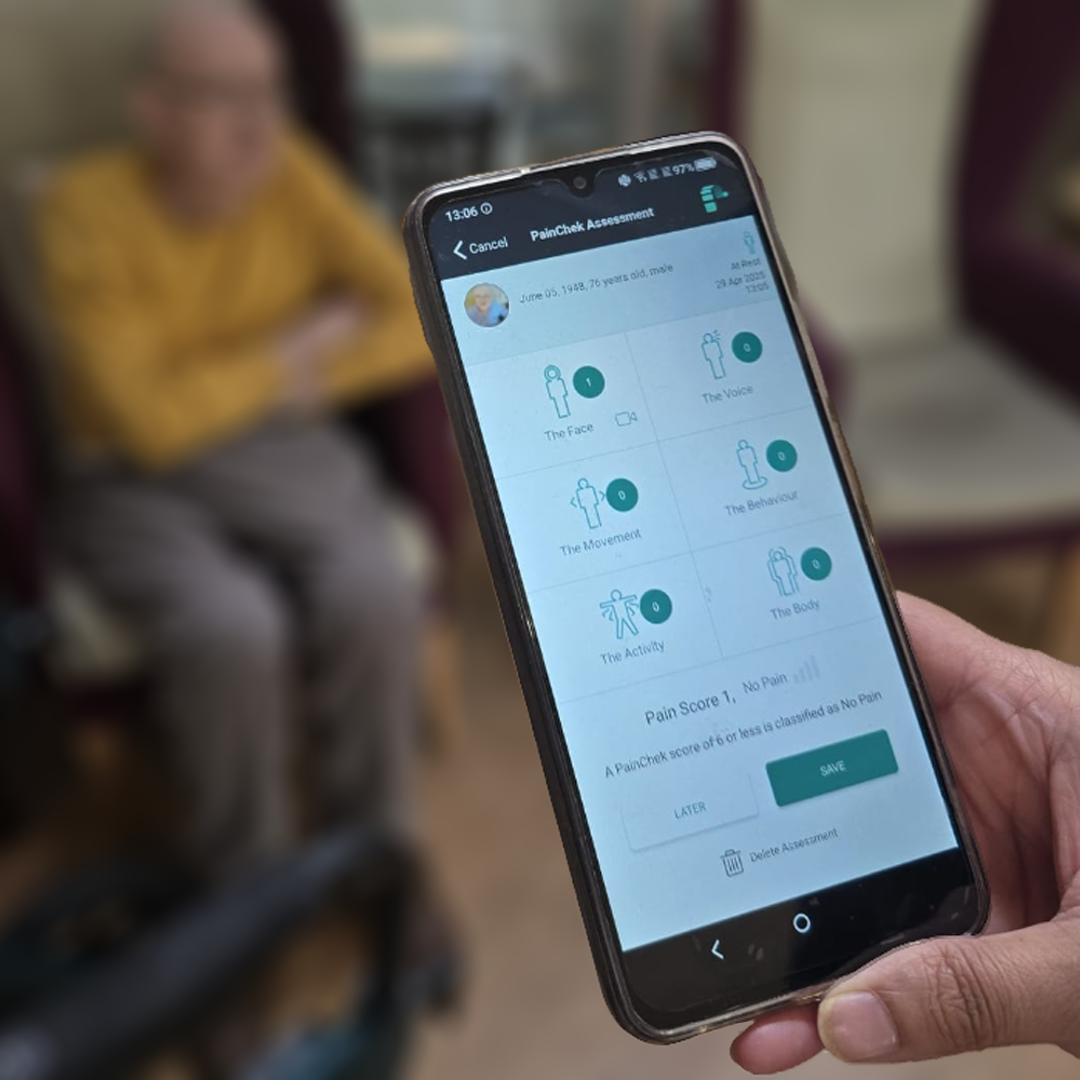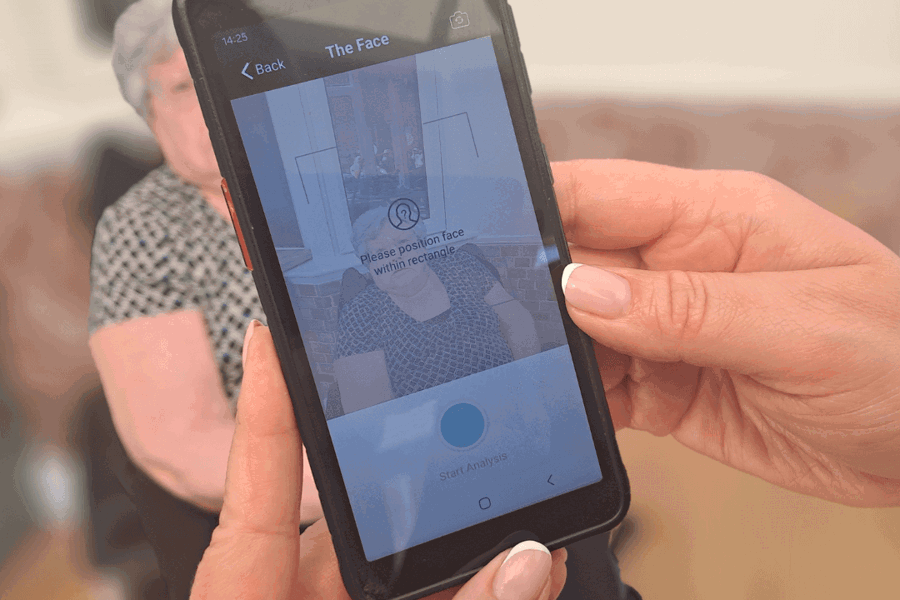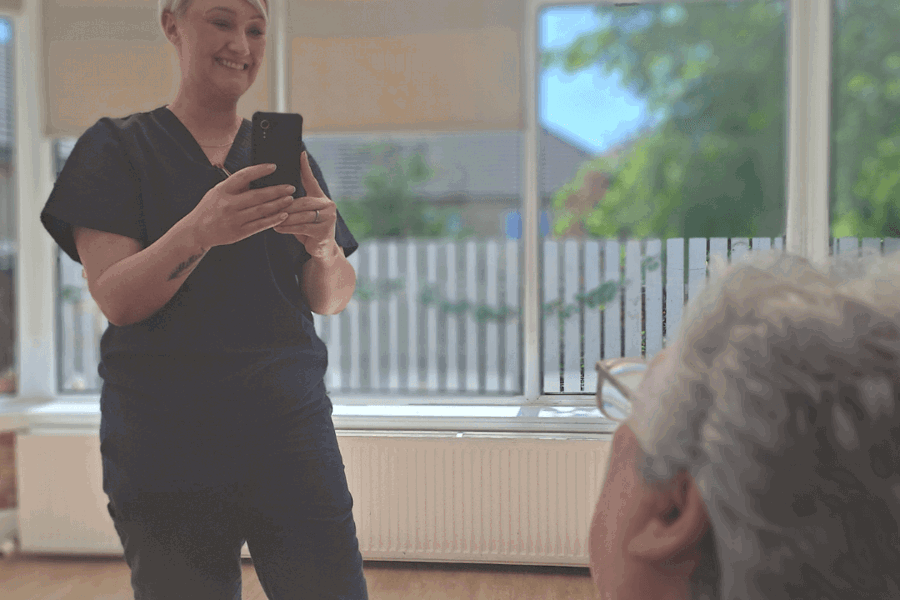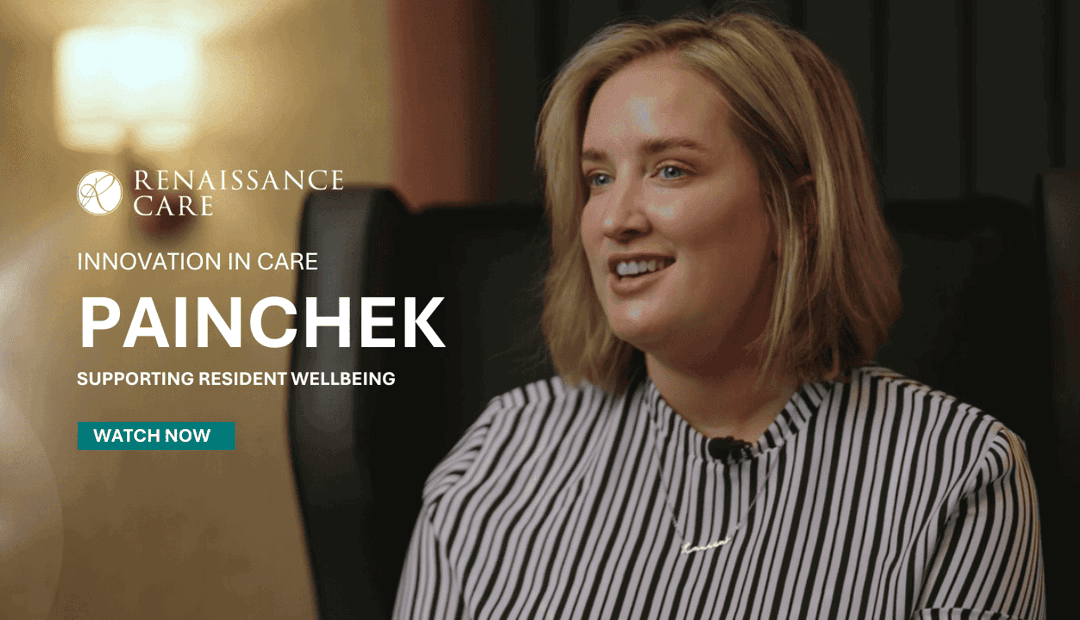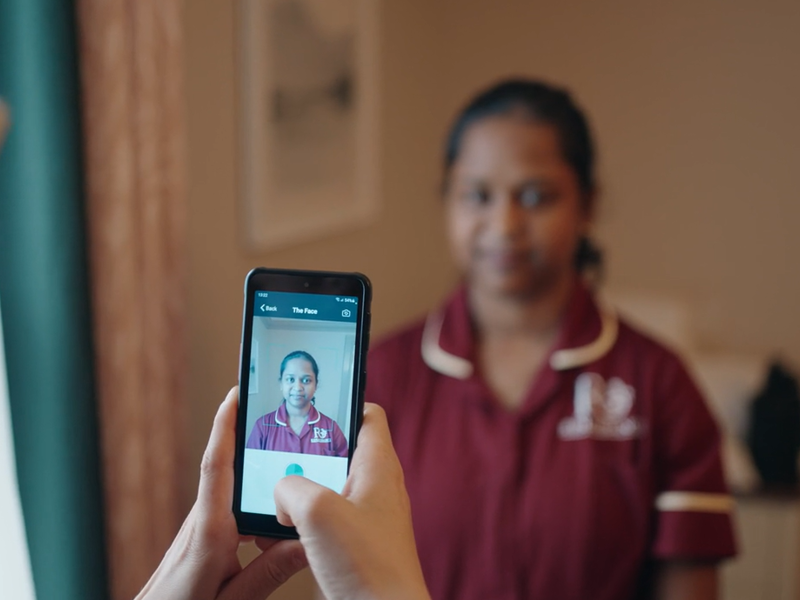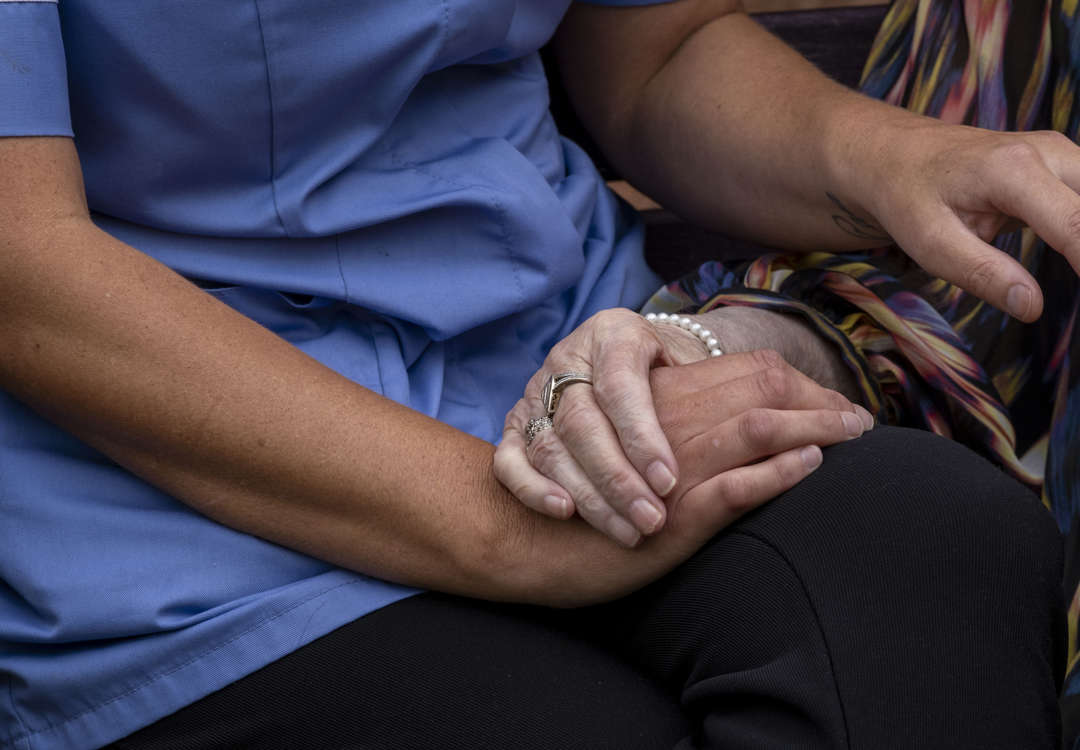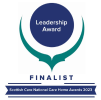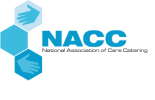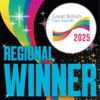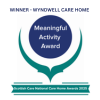Innovative Pain Assessment
Leveraging our Nourish care-planning platform, Renaissance Care is proud to be pioneering the use of innovative pain assessment technology in Scotland.
At Renaissance Care, we're passionate about providing exceptional, person-led care. That's why we're proud to use PainChek - an innovative AI-powered tool for personalised pain profiles that goes beyond simple scores by recognising even non-visible pain. This innovative care home technology incorporates AI facial analysis as one part of a comprehensive digital assessment. Led by our expert clinical teams, this process ensures person-centred care and timely support, often facilitating evidence-driven medication reviews that can lead to the discontinuation of unnecessary medication for a gentler, more comfortable experience.
It's important to note that PainChek is a valuable aid in recognising pain; it does not replace the essential role of clinical judgement. Our care protocols ensure that relevant steps are consistently taken at every intervention to verify the effectiveness of our actions in providing comfort. The PainChek app itself does not offer medical advice, and we always consult with medical professionals when necessary. A comprehensive PainChek assessment involves looking at 42 specific descriptors across six key domains – voice, face, movement, behaviour, activity, and body – to build a thorough understanding of what an individual is experiencing.
Enhancing resident wellbeing with technology
This technology offers significant benefits, primarily by enabling individuals who may be unable to verbalise their pain to communicate their discomfort. Secondly, it assists those who can describe their pain by offering evidence about those specific issues, supporting clinical judgment. The positive outcomes of the tool have been substantial, including a significant reduction in stress and distress behaviours due to our improved ability to identify underlying causes.
In recognition of the tools success, Renaissance Care have been working alongside Edinburgh Napier University who are conducting a study on the effectiveness of PainChek in Scottish Care services.

